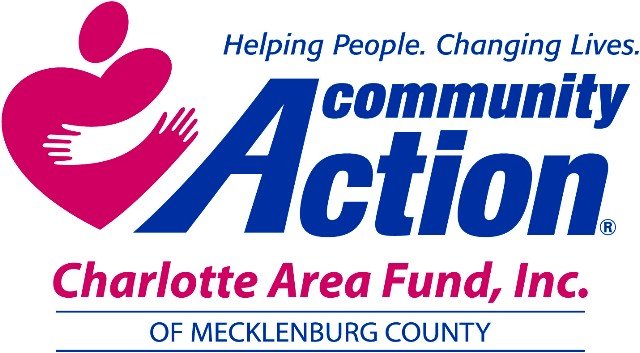Since the pandemic began, Janyah Whitener, 22, had tried her best to avoid contracting Covid-19. Then, on Jan. 17, she began experiencing body aches, dehydration and headaches.
At first, she assumed it was nothing — food poisoning, perhaps. All the same, she decided to get tested.
“The next day I got my results, and I just cried cause I’ve never had Covid before,” she told QCity Metro.
Unbeknownst to Whitener, who had gotten two vaccination shots, state health officials were seeing a dramatic spike in Covid-19 infections among Black residents in North Carolina.
Free Newsletter
Stay informed with news and events that impact Charlotte’s Black communities.
While the arrival of the Omicron variant in late 2021 had pushed infection rates higher for all races, North Carolina’s Black residents saw a particularly high increase relative to the state’s white population.
Between late December and mid-January, the infection rate for Black residents was double that of their white counterparts, the North Carolina Department of Health and Human Services reported.
The highest separation came between Jan.2 to Jan.8, when Blacks residents were infected at a rate of 1,657 cases per 100,000 people, compared to 874 case per 100,000 people for the state’s white residents.
Since then, the disparity has gradually declined, and as of early February, infection rates among the two races were roughly the same.

Victor Armstrong, the state’s chief health equity officer, said the sudden spike among Black residents can be traced to “historical health disparities that exist in black and brown communities.”
“This is an issue that we’ve seen from the very beginning,” he said.
Other health officials also pointed to health disparities as a cause for the sudden rise in infection rates for Black residents, though none offered an explanation for why the racial gap for Covid-19 infections has now closed.
Dr. Katie Passaretti, chief epidemiologist at Atrium Health, said that although a number of factors are likely to contribute to higher infection rates among Black residents, “it’s still relatively early in Omicron to know how it’s going to play out as far as hospitalization, cases, and trends by race and ethnicity,” she said.
Mecklenburg Public Health Director Raynard Washington said residents in some Black communities still lack access to the resources needed to prevent transmission.
“That includes having access to be able to receive adequate medical-grade masks, access to testing services or being able to purchase rapid test kits,” he said.
Washington said that despite the county’s effort to host more vaccination events in the Black community, progress remains slow.
“We continue to face a fair amount of resistance and hesitancy that we’re working towards overcoming,” he said.
Statewide and in Mecklenburg County, fewer than half of all Black residents have gotten two vaccination shots (or one does of the Johnson & Johnson vaccine) — 46% statewide and 44% in Mecklenburg, according to data on the state’s Covid-19 website.
Armstrong said the challenge is making sure everyone receives two vaccination shots and a booster dose when eligible.
